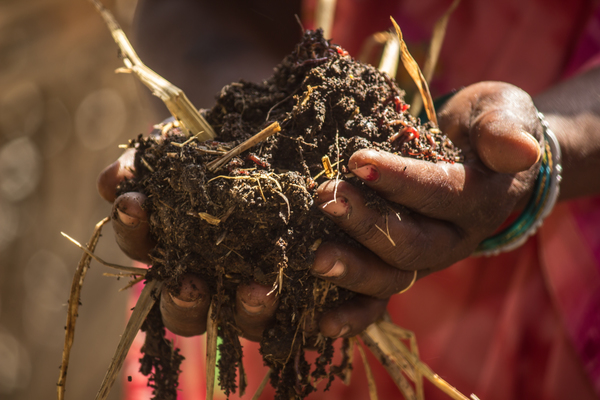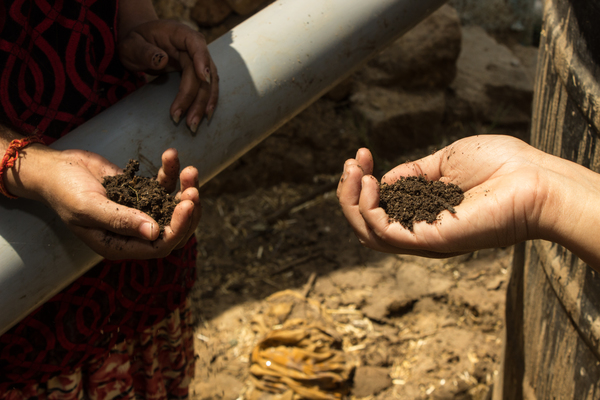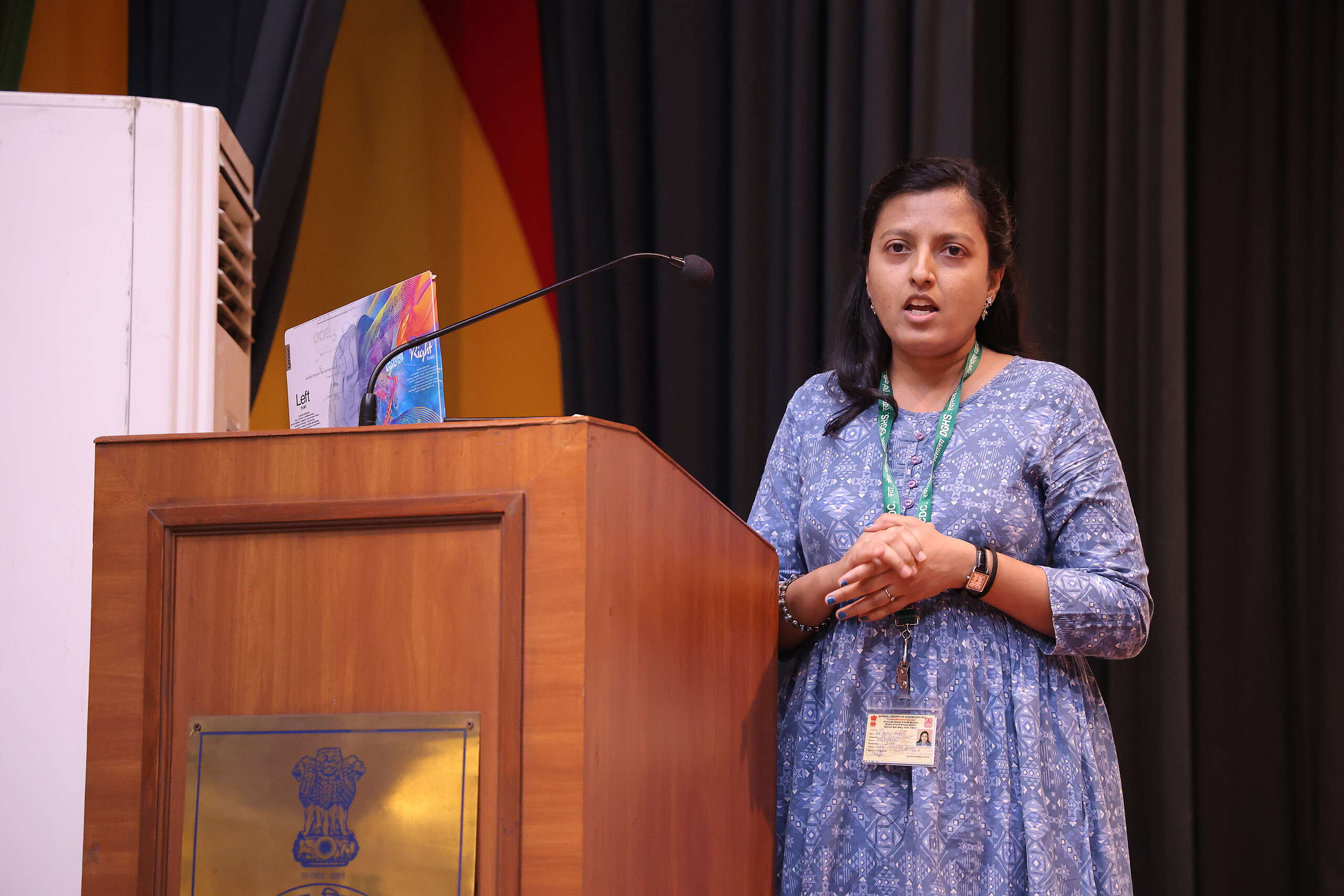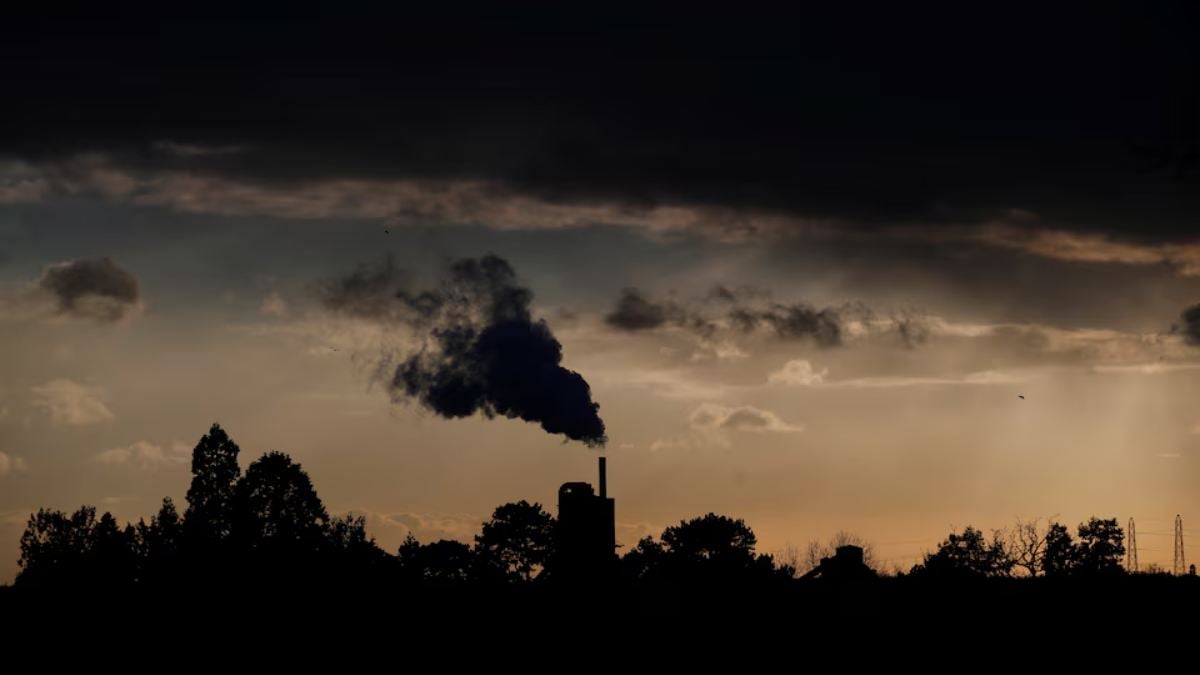We spend a significant proportion of our income to stay healthy. The foundation of our health is what we eat. Is our food giving us all the nutrients we require to lead a healthy life? At least, authors and researchers of the latest National Institute for Nutrition (NIN), Hyderabad report, Indian Food Composition Tables 2017 don’t believe so. The data released in the reports suggest that in the last three decades or so, many of our food items have rapidly lost their nutritional values. For example,carbohydrate levels in Bajra (Pearl Millet) have reduced by 8.5 per cent and in whole wheat by 9 per cent. Similarly, pulses are being depleted of their key nutrient—protein as it has been reduced by 10.4 per cent in masoor (whole brown) and 6.12 per cent in moong (whole green). In potatoes, thiamine (vitamin B1), magnesium and zinc have been reduced. Micronutrients such as iron, thiamine, magnesium and zinc have reduced by as much as 41-56 per cent in cabbage. Red tomatoes have lost thiamine, iron and zinc by 66-73 per cent. Green tomatoes and apples have lost iron by 76.6 and 60 per cent respectively.With the growing health consciousness and concerns of gluten contents in wheat and rice, we now prefer coarse grains as they come loaded with micro nutrients. An analysis shows that the levels of thiamine, iron and riboflavin have reduced in pearl millet, barley, sorghum and maize.

Who is responsible for this nutrient piracy?
The NIN scientists hint at three factors responsible for this phenomenon, poor seed, air pollution and unhealthy soil. Although they do not dive deep on the reasons in this report, they rightly talk about the nutrient imbalance and bad or improper nutrient management in the soil.
With the advent of the green revolution technology, the biomass-based ecological fertilisers started losing the ground for three key synthetic fertilisers such as nitrogen (N), phosphorus (P) and potash (K) as the government subsidised the three. Later on, the subsidy got restricted just for nitrogenous fertilisers such as urea and ammonia. Plant scientists say that for a healthy plant growth, 17 nutrients are required. Three of them, carbon, hydrogen and oxygen are derived from air or water or both. Rest 14 can be extracted from the soil only. Now imagine, you grew a few plants which extracted 14 nutrients from the soil. You add only three nutrients next time. With nitrogen, there will be good vegetative growth, phosphorus will help in photosynthesis and fruit formation while potash will help deepening of roots and improving the size, shape and colour of the fruits. For its good growth the plant will extract other soil nutrients too. Since by adding NPK you have got a green field full of properly grown plants and fruits/seeds, good in shapes, sizes and colours you will continue this process and will not bother for the soil. But very soon, the soil will be deficient in other nutrients which will be reflected as reduction of nutrients in the grains and fruits produced from that soil.
Synthetic fertilisers are hazardous for soil, air, water and biodiversity
Apart from impacting the nutritional values of the food the synthetic fertilisers are detrimental for the key life-support systems of the earth. Today, only around 20-30% of the synthetic N fertilisers applied to fields are converted to food, with the rest running off into water bodies and entering the environment as pollution. A latest Greenpeace report has exposed that synthetic nitrogenous fertilisers are responsible for as much as 2.4% of the total GHG emissions. It is a well known fact that nitrous oxide is 300 times more potent than carbon dioxide, and it also depletes the ozone layer.
High nitrate concentrations accumulate in the edible parts of leafy vegetables, particularly if excessive nitrogen fertilizer has been applied. Consuming these crops can harm human health too. Nitrate in groundwater and drinking water, which primarily comes from fertilisers used in agricultural production, has not only been subject to decades of environmental awareness – it has also been suspected of increasing the risk of cancer.
Soil microbes play an important role in maintaining soil productivity through biochemical processes such as litter decomposition and nutrient recycling. The synthetic fertilisers have a direct impact on the soil microorganisms. Excessive fertilizer application aggravates the decline of soil organic matter and fertility and accelerates soil acidification.
They are also considered to be one of the major causes behind the increasing soil salinity. Soil salinity decreases the soil productivity and is a major food security challenge and India is considered to be at a higher risk as around 6.74 million ha area in the country is salt-affected. Estimates suggest that every year nearly 10% additional area is getting salinized, and by 2050, around 50% of the arable land would be salt-affected.
Researchers believe that India would require around 311 million tons of food grains (cereals and pulses) during 2030 to feed around 1.43 billion people, and the requirement expectedly would further increase to 350 million tons by 2050 when India’s population would be around 1.8 billion. Once considered as an indispensable agro-input, synthetic fertilisers have become a major threat for the food and nutritional security for the present and for the future.Our global food system is the primary driver of biodiversity loss, with agriculture alone being the identified threat to 24,000 of the 28,000 (86%) species at risk of extinction. The global rate of species extinction today is higher than the average rate over the past 10 million years.

Soil Organic Carbon (SOC) is the custodian of our good health and of the planet’s too
The existing food system is heavily dependent on agrochemicals and is becoming economically and ecologically untenable. So there is a need for reimagining localised food systems which are climate resilient, socially and ecologically sustainable, capable of fulfilling the food and nutritional requirements of all and economically beneficial for the producers as well as the national economy.
Switching to biomass-based ecological fertilisation is a bold step towards the desired food future. It would improve the soil organic carbon content which is seen as a one stop solution for many crises of the present and of the future too. The increased SOC helps in improving the habitats for the soil organisms, and hence replenishing the soil micronutrients which in turn enhances the nutritional qualities of the crops. It plays an instrumental role in maintaining the soil moisture and surface and sub-surface temperature in the fields hence it protects the roots and stems from extreme heat and cold. It also increases the capacity of the soil to regenerate and rejuvenate itself. SOC is considered to be a dependable solution for waterlogging and groundwater recharge while ensuring that properly filtered clean water reaches the water table. High SOC content is being projected as a solution for reducing atmospheric carbon by absorbing and storing them in the soil. They are also helpful in deeper penetration of plant roots and help them stand in the time of excessive rains or during windy conditions.
Another plus of the biomass-based fertilisation is that eco-fertilisers slowly release the required nutrients therefore there are very little chances of nutrient depletion or running off with water. They protect the top soil from wind and water erosion. This way, they keep the surface water clean and protect rivers and other water channels from siltation.
We have a number of challenges and crises directly impacting our food today and can adversely impact the safe and nutritious food future for us. At the same time, farmers’ innovations, new scientific discoveries and an amalgamation of indigeneous technological knowledge and modern science are presenting economically and socially viable and ecologically sustainable solutions too. At this crossroad, we have to make a choice. As a humanity, our decision will define the future of us as well as of our living planet therefore it needs to be built on people’s wisdom, justice, equity and inclusion for the present generation as well as the for the future generations.
Ishteyaque Ahmad is a senior campaigner for Food and Agriculture at Greenpeace India




Discussion
Very cool about the soil is written in several articles on the site eos.com. I recently read and was impressed, especially about monitoring the productivity of soil types using satellite technology and estimating yields. I think that with the development of technology in this industry, we have nothing to worry about. However, many questions remain!